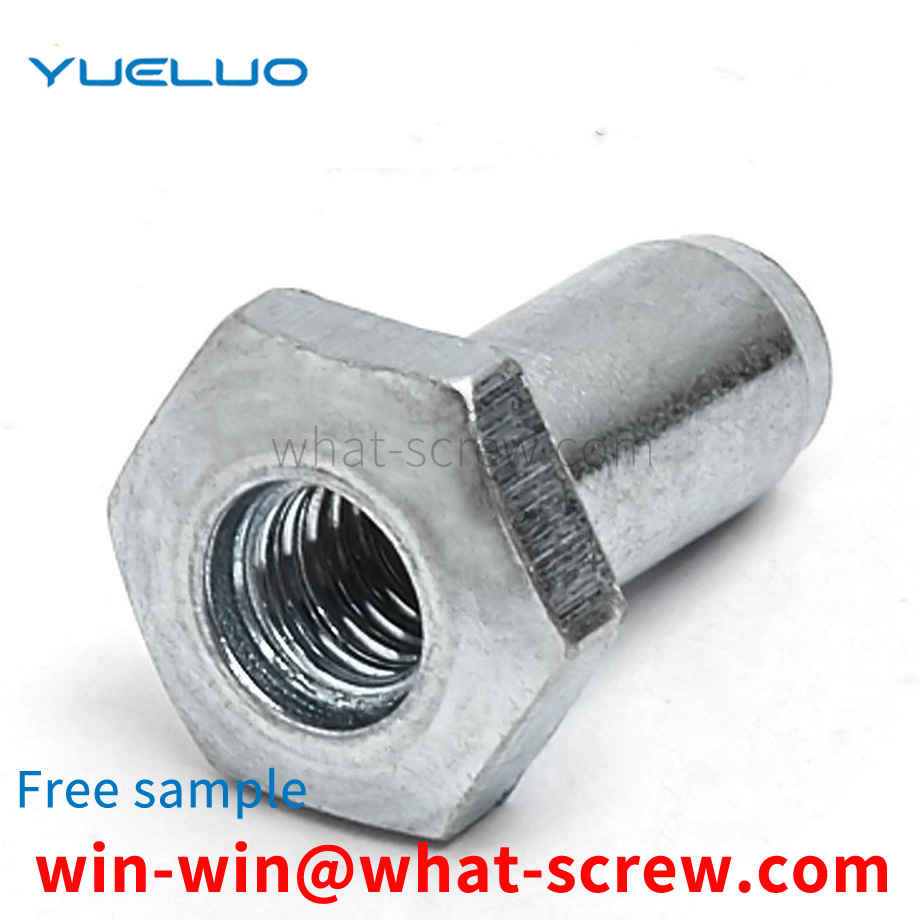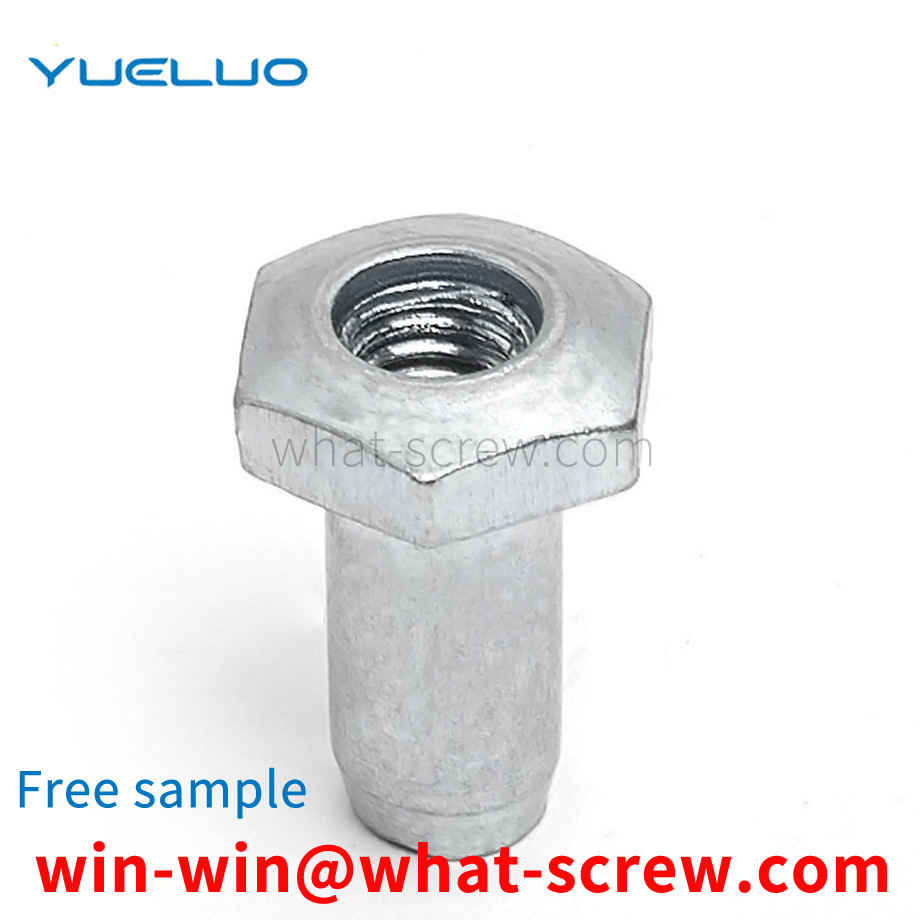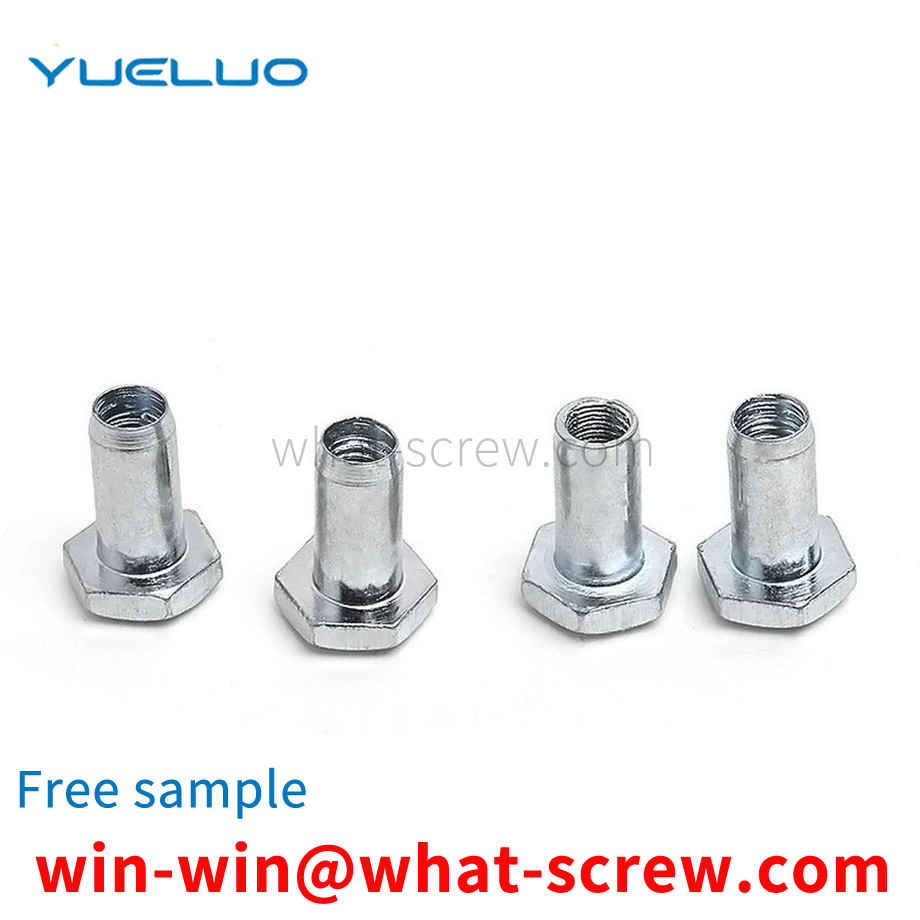What is the tolerance range of precision screws?
What is the tolerance range of precision screws?
Service Hotline
+86760-8787 8587We have more than ten years of production experience in the screw industry, the main products are: ring nuts, ISO14580 screws, copper bolts, color aluminum alloy lock nuts, cross-triangle screws, stud screws, blackened 8-level spring washers, Stainless steel chemical expansion bolts, expansion screws and screws, countersunk head Phillips stainless steel screws, natural hexagonal nuts, non-slip nut with teeth, closed nuts, gasket nuts with stop washers, screw bolts and other fasteners, due to product material and specifications Each is different and the price is also different, please contact us if you need it.


Standards are norms, and each country and sector has its own standards. GB—Chinese National Standard (National Standard) ANSI—American National Standard (American Standard) DIN—German National Standard (German Standard) ASME—American Society of Mechanical Engineers Standard JIS—Japanese National Standard (Japanese Standard) BSW—British National Standard GB—National Standard The standard is one of the many standards in my country, and there are also industry standards, professional standards and department standards. National standards are divided into: GB (mandatory standards) and GB/T (recommended standards) and GBn (national internal standards) and so on. We usually see GB30, GB5783, etc. are mandatory standards. In addition to some basic dimensions such as head-to-side, head thickness, etc., the above standards are mainly different in the threaded part. The threads of GB, DIN, JIS, etc. are all in MM (millimeters), which are collectively referred to as metric threads. Another thread like ANSI, ASME, etc. is called American standard thread in inches. In addition to metric threads and American threads, there is also a BSW-imperial standard, whose threads are also in inches, commonly known as Wyeth threads. In the usual domestic sales business, the most common standards we encounter are GB (National Standard) and DIN (German Standard). In terms of production products, the following standards are mainly encountered: GB30; GB5783; GB5782; GB52; GB6170; GB818; GB819; GB845; GB846; GB70; DIN912; DIN933; DIN931 and so on. GB30 (old national standard) has been replaced by GB5783 (new national standard) in the standard book. GB52 (old national standard) has been replaced by GB6170 (new national standard) in the standard book.

Contents of the utility model Guangdong Yueluo Hardware Industry Co., Ltd. is to solve the problem of needing one hand to hold the screw when screwing the screw at present, and to provide a screw fixture that can screw the screw without holding the screw by hand. Guangdong Yueluo Hardware Industry Co., Ltd. adopts the following technical solutions. Guangdong Yueluo Hardware Industry Co., Ltd. includes a clamp sleeve, and the middle of the clamp sleeve is a through hole. The outer end of the pivot pin is in contact with the spring. The beneficial effect of Guangdong Yueluo Hardware Industry Co., Ltd. is because Guangdong Yueluo Hardware Industry Co., Ltd. is provided with a rotating pin on the shaft of the fixture sleeve that can contact the screw, and the outer end of the rotating pin is in contact with the spring, so that the screw It is easy to fix in the through hole of the fixture cover, and the screwdriver is also in the through hole of the fixture cover, which ensures the alignment of the screw and the screwdriver, so it is avoided to hold the screw by hand, and the screw is quickly screwed to the object. in vivo.


Generally speaking, the metal plate needs to open holes for inserting the rivets, and then press the two sides of the metal plate along the positive direction of the metal plate with a jig, so that the metal plate is deformed in the plane direction, which makes the inner edge of the hole Shrink and fit the rivet. Existing riveting techniques are not suitable for thin sheets. Because the thin plate does not have enough thickness to compress in its forward direction, the insufficient deformation in the forward direction causes enough deformation in the plane direction to insert the rivet, so the rivet cannot be firmly fixed to the thin plate.

In the existing production technology, such as construction machinery, double nuts are often used to fasten the workpiece. With the long-term vibration in the working environment, there is a thread gap between the nut and the bolt, and there is no self-assembly between the nut and the bolt. Locking action, the relative displacement between the nut and the bolt will occur under the action of vibration, resulting in the loosening of the nut and the bolt and the loss of the tightening effect.

The above content is uploaded by Yueluo or the Internet. If there is any copyright issue, please contact [email protected].

What is the tolerance range of precision screws?

How to choose the right stainless steel screw manufacturer?

Why is there an R angle under the head of the hexagon head s...

We have more than ten years of experience in screw industry ...

We have more than ten years of experience in screw industry ...

We have more than ten years of experience in screw industry ...

We have more than ten years of production experience in the ...